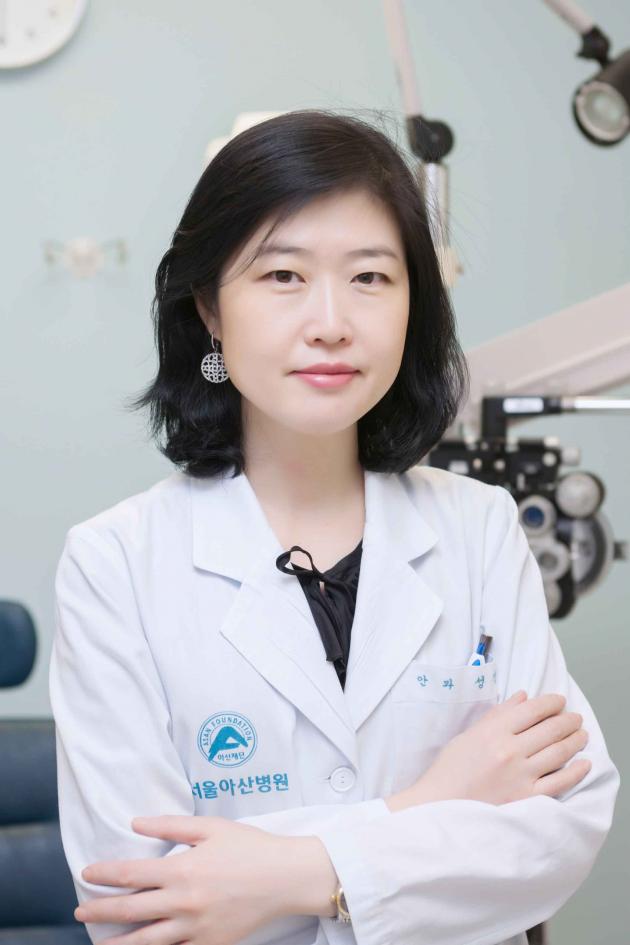A research team at Asan Medical Center (AMC) has found that in addition to analyzing the optic nerve, examining the density of the micro blood vessels in the eye can help diagnose glaucoma more accurately.

The diagnosis of early glaucoma had been hard until now due to the limitations of the glaucoma diagnostic equipment. However, the team found that it could increase the accuracy of diagnosing the disease by using an optical coherence tomography (OCT) to determine the optic nerve structure using light, and an optical coherence tomography angiography (OCTA) to analyze the density of micro blood vessels in the retina, optic nerve, and macula.
Glaucoma is a disease in which the retinal ganglion cells bridging between the eyes and the brain are lost due to the elevation of the intraocular pressure or abnormalities of the optic nerve flow, leading to loss of vision.
The team, led by Professor Seong Kyung-lim, came to the conclusion after analyzing and comparing the results of 244 patients who underwent OCT and OCTA at the hospital from March 2016 to February 2017. The hospital researchers confirmed that OCT had a sensitivity of about 86.7 percent and a specificity of 67.5 percent, while the OCTA had a sensitivity of about 74.3 percent and a specificity of 87 percent.
However, the team found that when combining test results from both, the OCT and OCTA increased the sensitivity to 90.3 percent and the specificity to 92.4 percent.
“Because of the limitations of glaucoma diagnostic equipment, there were some cases where very early glaucoma was missed,” Professor Seong said. “However, this study suggests that using OCTA together with existing diagnostic methods can increase the early diagnosis rate of glaucoma that may have been missed.”
Korean Journal of Opthalmology published the result of the study.

